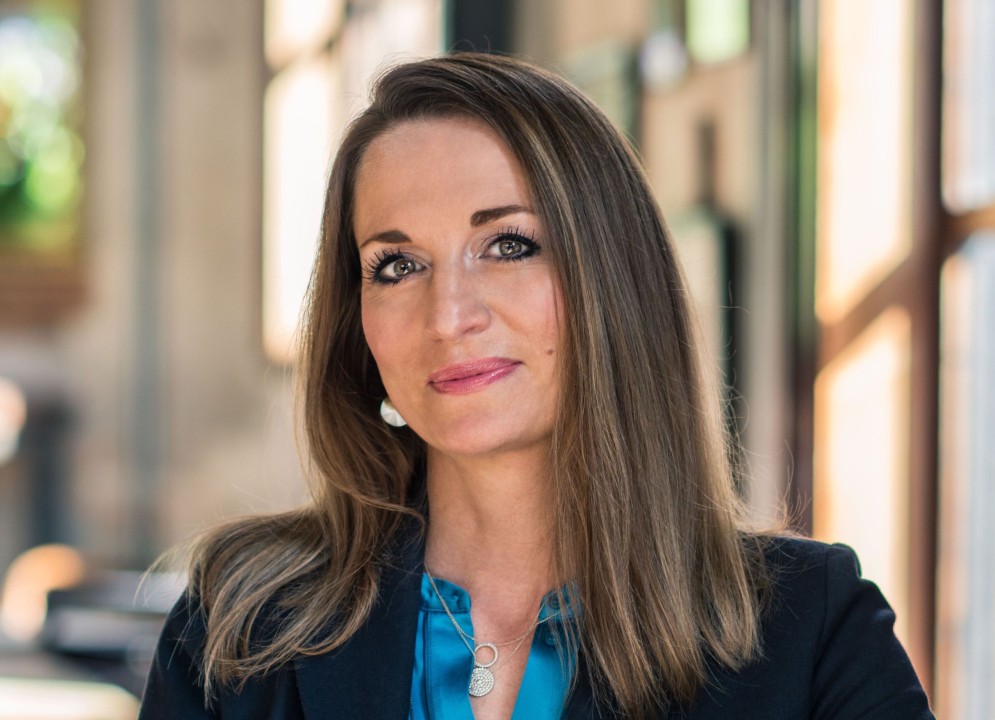
Generative AI and the future of creativity in advertising
The meteoric rise of generative AI has sent shockwaves through all industries, but particularly in advertising and PR.
Generative AI tools are now a hot topic in the advertising technology sector, especially since ChatGPT first became available to use in November. These tools are capable of ingesting large amounts of information, discerning patterns, and outputting content informed by this.
The question many have been grappling with is will generative AI fit into the workflow of creatives or will it replace them? Is this a moment akin to the invention of the printing press — one that opened up creative pathways for those previously unable to access them — or the power loom, where skilled craftsmen had to adapt to a more automated way of working?
One thing that’s clear is AI tools are not going away. So, how can agencies and advertisers use them to bring campaigns to life?
Adding new tools to the advertising arsenal
The main benefits of generative AI right now are increased time and cost efficiencies. Maximising ROI is often top of mind for agencies and advertisers, and these tools can automate much of the heavy lifting for time-consuming tasks and open up new opportunities that deliver value.
One area that could be improved by this kind of AI, for example, is personalisation. Advertising agency BBDO stated that it has already used generative AI to fine tune over 10,000 unique ads for a campaign and drive a 20% increase in engagement, although it also remains mindful of concerns such as copyright and AI regulation. The potential of AI-driven hyper-personalisation is further underscored by Google’s recent announcement that it will allow advertisers to harness its generative AI tools to create ads.
Meanwhile ChatGPT has demonstrated impressive capacity for creating content, and Midjourney and DALL-E can produce incredibly realistic visuals. AI-powered chatbots also have the potential to transform customer interaction, ensuring highly personalised brand experiences. With its ability to create images and tailor ads, generative AI can help advertisers and agencies save time and make the most of their creative budget.
How to approach generative AI
Generative AI technologies are powerful, but there are still questions around precisely how they should be used. The Harvard Business Review outlined three possible futures for AI creativity.
In one, businesses adopt AI to do an increasing number of tasks, crowding out human creativity to cut costs. While humans will be needed in some capacity, this will be in a more curational role. Another future could see an abundance of AI content leading to ‘human-made’ content commanding a premium from those looking to use original work. In arguably the best future scenario, AI tools are harnessed alongside human creativity, helping to do more repetitive tasks while acting as prompts to drive further inspiration.
For many, this third interplay of creativity and tech is a desired outcome, elevating campaigns while retaining the human touch. Agencies and advertisers should maximise the potential of these AI tools while preserving the creative human spark that makes ad campaigns truly great.
Taking the initiative to drive progress
To ensure this third scenario becomes reality, there are steps agencies can take now. The first is acceptance — using AI in a creative capacity is no longer a question of ‘if’, but how, with two-thirds of CMOs believing that emerging AI tools will be an established part of their marketing toolkit soon.
The second step is identifying which tasks can benefit from generative AI. Research that informs ad creative and analysis around how it performs, for example, could be carried out faster with these tools. Crafting completely original content, meanwhile, still requires human flair and input.
The third step is to invest time in learning how to get the best out of generative AI. This could include experimenting with where it fits in a workflow, testing how it can optimise a campaign, or ensuring prompts are as effective as possible. Only by trialling out the possibilities of these tools can agencies and advertisers truly unlock their creative potential.
Time will tell exactly how AI will supercharge creativity in advertising. Right now, agencies and advertisers need to be proactive about adopting it and look at solutions which will complement their creative endeavours.
To discover more about the future of advertising, check out the 6 technology trends shaping this sector in 2023.
CTO @ Tag Digital | Helping Humans Understand AI | AI Solutions for Marketing and Opps | Keynote Speaker
10moGenerative AI will change the advertising industry for good. There are still a lot of questions mainly on copyright, regulation and actual capabilities of the algorithms but this will be ironed over time. The most important (at least from my point of view) is that creative professionals need to learn these new tools and start using them, because if they don't someone else will.
TEDx Speaker, Author and Coach empowering you to stand out and influence target audiences with your presentations, keynotes and thought pieces
11moTerrifying